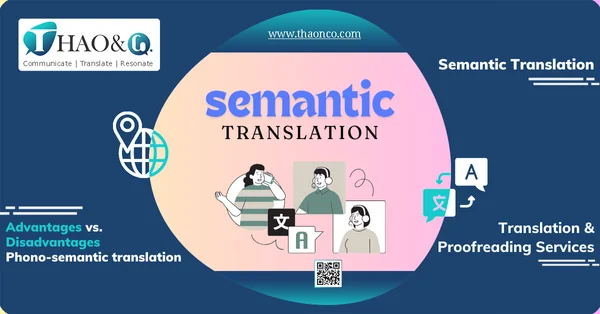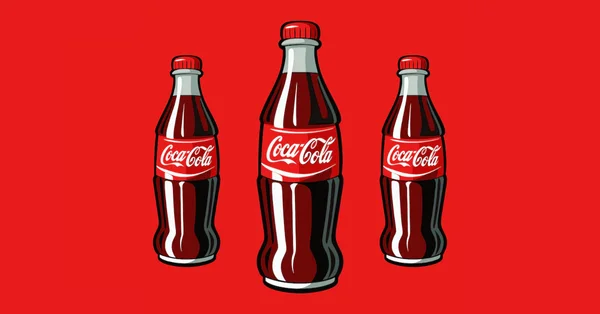What exactly is semantic translation? This approach has been around for centuries. However, its unique value is still sometimes overlooked. Join Thao & Co. as we break down the essentials:
Semantic translation is a process of converting the source language (SL) into the target language (TL) with as much naturalness as possible. This approach closely follows the original text, ensuring that the intended meaning is preserved without misunderstanding.
While translators have some flexibility in their language choices, the original meaning and contextual accuracy must be maintained.
To achieve this, they also consider cultural, ethnic, religious, and environmental factors.
Though similar to faithful translation, semantic translation is more adaptable. While faithful translation focuses on preserving the language and grammar of the SL, semantic translation emphasizes the natural flow of the TL.
Semantic translation involves conveying the precise meaning of the SL. The key types include:

Every translation method has its strengths and weaknesses. Semantic translation is no exception.
Semantic translation offers the following advantages:
Disadvantages of semantic translation:
Example 1:
In this example, the translation retains the original meaning of the English text. However, the translator adjusts certain words to ensure a more natural flow in Vietnamese while still capturing the imagery and context.
Example 2:
The German phrase “Bissiger Hund” translates literally to “Dog that bites” in English. However, using the semantic translation method, this is often adapted to “Beware of the dog,” which is more natural and commonly understood in English.
Below are some differences between literal translation and semantic translation:
Literal translation follows a word-for-word approach, translating each word without regard for context. It strictly adheres to the grammar of the SL. This method can sometimes result in confusing or unnatural translations.
In contrast, semantic translation balances aesthetic and emotional elements to produce a natural-sounding translation. This method considers external factors like culture and social context to capture the essence of the message.
In summary, literal translation emphasizes structure and grammar, while semantic translation focuses on conveying the text’s meaning and nuances.
Phono-semantic translation is a translation method combining phonetics and semantics. By blending sound with meaning, this approach preserves not only the message but also the pronunciation of the original language.
This technique ensures that the translated text conveys both the message and the original phonetic and emotional qualities.

Example: The Chinese translation of “Coca-Cola” is 可口可乐 (kěkǒu kělè). This version not only sounds similar to “Coca-Cola” but also means “appetite and fun,” capturing both the brand’s sound and essence.
Semantic translation delivers precise, clear translations that respect cultural nuances and closely follow the original text.
It’s more accessible than many other translation methods and ensures accuracy and readability – qualities best achieved by a professional linguist.

If you’re looking for reliable translation services, Thao & Co. is here to help.
We offer tailored translation solutions to meet your specific needs, along with a range of additional benefits:
Let Thao & Co. be your trusted translation partner and enjoy the best quality translations! Reach out anytime, and we’ll respond promptly.